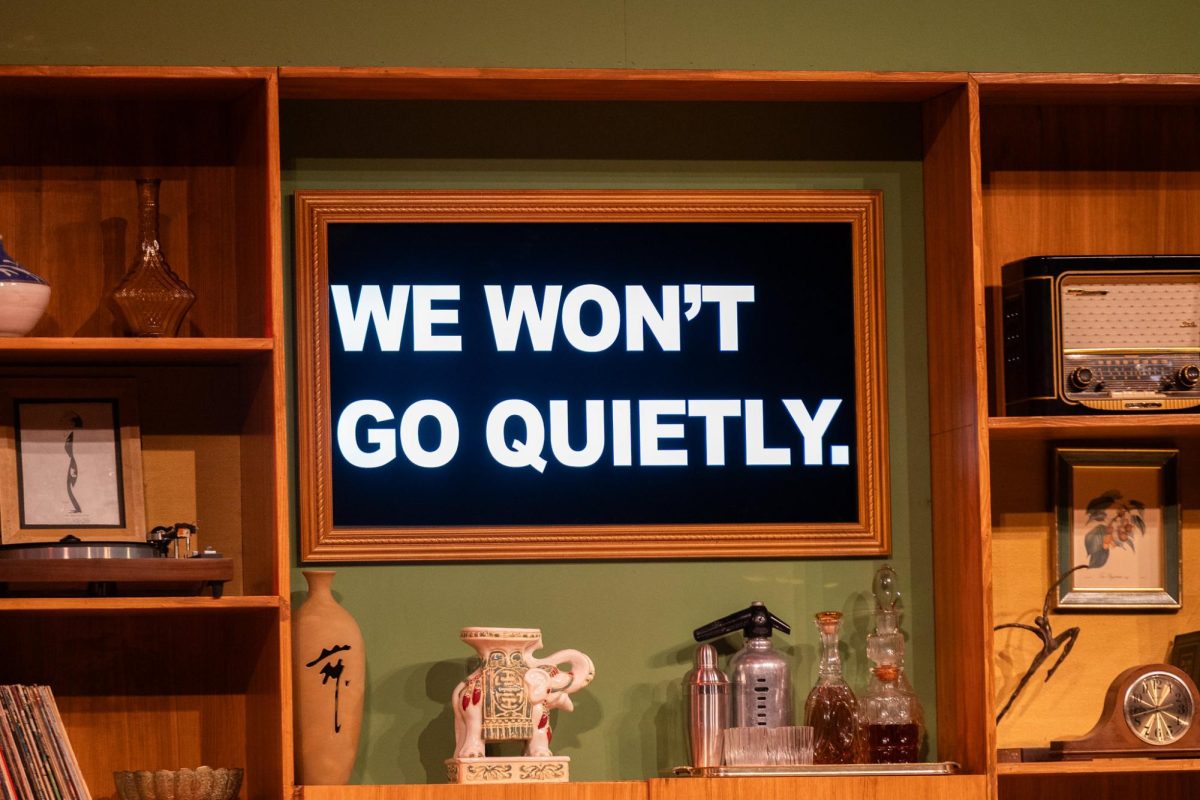The 50 year anniversary of the March on Washington will be celebrated on Aug. 28, 2013, and just in time comes a graphic novel written by one of the last living speakers and leaders of the civil rights movement.
“March: Book One” is written by Rep. John Lewis and his staffer Andrew Aydin and illustrated by artist extraordinaire Nate Powell. The first book of the trilogy, “March” focuses on the March on Washington while simultaneously detailing Lewis’ upbringing as an African-American in a segregated Alabama in the 1960s.
The graphic novel starts out with Lewis getting ready to attend the inauguration of President Barack Obama before a mother and her two sons drop by his office to ask a few questions about how he got to be where he was today.
From there, Lewis takes us on a journey into his past where growing up poor and working on a farm definitely made for some tough times. Lewis wanted to become a preacher when he was younger, so he would practice preaching his sermons to the only audience he had at the time; chickens.
It does seem at first that a lot of time is spent covering the special relationship he had with the chickens, but it turns out to be a good set-up to preaching to actual people a few years later. Nonetheless, his interactions with the fowl are quite humorous and indeed a little dark at times.
Lewis was growing up in a time where major change was on the horizon for civil rights, and it makes for good reading to see history unfold with him playing a major part. His meeting with Dr. Martin Luther King Jr. happened when he was seriously considering suing Troy State so he could attend, so while that plan didn’t unfold, Lewis quickly found himself becoming a part of a much larger movement in the works.
He attended workshops on non-violence which led to the famous sit-ins at diners and the same tactics were eventually used when later marching on Washington. If Gandhi could defeat an entire empire through non-violence, perhaps they could do the same in the South.
It was both fascinating and disturbing seeing the tactics they used against one another to prepare themselves for some serious prejudice; spitting, cursing, punching and kicking. They knew it was bound to happen, so to develop an even thicker skin was a necessity.
The art by Nate Powell is one of the best things about “March,” for he brings history to life with his beautiful inks and washes while at the same time making sure the iconic characters look crisp and natural.
The scenes depicting violence against Lewis and his fellow student activists at the diners leave a sickening feeling in your gut, for it’s a bleak reminder that such disgusting acts against African-Americans were an all-too common occurrence in a tumultuous age of change.
We do get to see a sliver of the actual march, for this book was focused more on setting the scene than covering the event itself. I suspect “March: Book Two” will probably focus more on the different factions forming together as their numbers swell by the thousands.
A sitting U.S. Congressman to pen an autobiography is one thing, but to choose the medium of comic books is a bold, radical move that I hope to see more politicians (or writers in general) try to embrace in the future.
In fact, Lewis was partially inspired by a comic book himself growing up—“Martin Luther King and the Montgomery Story.” Just imagine how many younger readers will be inspired by “March: Book One.” With any luck, a new generation will keep marching on for the next 50 years and beyond.



































